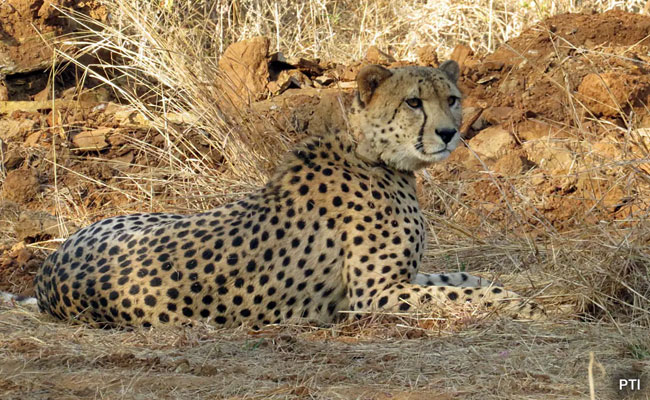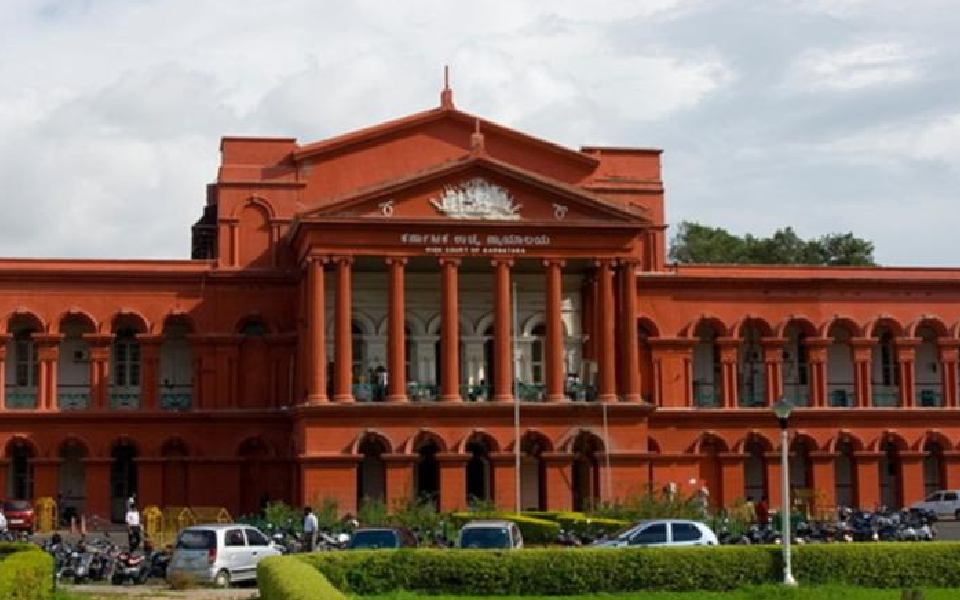New Delhi (PTI): The cheetah's remarkable journey in the first year of their reintroduction in India has been marked by both setbacks and successes, and the project is on track, according to the Namibia-based Cheetah Conservation Fund.
The CCF has closely assisted Indian authorities in re-introducing cheetahs in India. CCF founder Laurie Marker has been instrumental in drafting plans for the introduction and has travelled to India several times since 2009.
"Bringing back cheetahs to India was a daring endeavour, full of challenges. We celebrated the birth of the first litter of four cubs born to one of the females from Namibia and the additional arrival of a group of 12 cheetahs from South Africa. Despite setbacks and difficulties that prompted a decision to retrieve the animals, we are leveraging these experiences to reassess strategies before the cheetahs are released once again," Marker said in a statement.
"The project is on track, and Namibia is proud to be a part of expanding the cheetahs' territory into India," said Peter Katjavivi, Namibia's Speaker of the National Assembly, and CCF's International Patron.
While the initial year of the historic reintroduction of cheetahs in India has been marked by setbacks, the Project Cheetah team remains dedicated to its mission, the statement said.
Project Cheetah, India's ambitious initiative to reintroduce cheetahs after their extinction in the country, marks its first anniversary on Sunday.
The initiative began on September 17 last year when Prime Minister Narendra Modi released a group of cheetahs brought from Namibia into an enclosure at Madhya Pradesh's Kuno National Park. Since then, the project has been closely watched by conservationists and experts worldwide.
Twenty cheetahs were imported from Namibia and South Africa to Kuno in two batches - one in September last year and the second in February.
Since March, six of these adult cheetahs have died due to various reasons. In May, three of the four cubs born to a female Namibian cheetah succumbed to extreme heat. The remaining cub is being raised under human care for future wilding.
According to Project Cheetah head SP Yadav, one of the biggest challenges faced in the first year of managing cheetahs in India was the unexpected development of winter coats by some cheetahs during the Indian summer and monsoon, in anticipation of the African winter (June to September).
The winter coat, combined with high humidity and temperatures, caused itching, prompting the animals to scratch their necks against tree trunks or on the ground. This led to bruises and exposed skin, where flies laid their eggs, resulting in maggot infestations and, ultimately, bacterial infections and septicemia, leading to death, he told PTI.
"Once this cause was known to us, the veterinarians immediately took steps, and all animals were brought back to the bomas (enclosures) and were given preventive medicines, and now everyone is healthy. So, this is good learning for the next year cycle. And we'll be very well-prepared next year to face this kind of situation," the senior forest official said.
While cheetahs await re-release, the CCF has offered advice and new strategies to help ensure the successful reintegration of these majestic creatures into their natural habitat.
Despite the challenges, there have also been many positive outcomes, including the confirmation that the reintroduced cheetahs are hunting native prey species, the CCF said.
Notably, two female cheetahs, caught in the wild and having spent time in captivity in Namibia, have successfully adapted to the Indian wilderness and have been independently hunting.
"As part of the rewilding process since their release, they have shown promising signs and would be fit for release into the wild in due course following due diligence," the CCF said.
There have been no human-wildlife conflict incidents, and the communities surrounding Kuno National Park have been incredibly accepting of having cheetahs living in such close proximity.
Cheetahs often face significant threats from
Let the Truth be known. If you read VB and like VB, please be a VB Supporter and Help us deliver the Truth to one and all.
Manchester, Jul 25 (PTI): England extended their lead to 186 runs, closing day three of the fourth Test against India at 544/7 here on Friday.
It was a landmark day for Joe Root, who crafted a sublime 248-ball 150 and leapfrogged legends Rahul Dravid, Jacques Kallis, and Ricky Ponting to become the second-highest run-scorer in Test history.
India clawed their way back into the contest in the final session, claiming three wickets to stall England's charge.
At stumps, skipper Ben Stokes, who had earlier retired hurt due to cramps, resumed his innings and remained unbeaten on 77 alongside Liam Dawson, who was batting on 21.
Brief scores:
India 1st innings: 358 all out in 114.1 overs (Sai Sudharsan 61, Yashasvi Jaiswal 58; Ben Stokes 5/72).
England 1st innings: 544 for 7 in 135 overs (Joe Root 150, Ben Duckett 94; Washington Sundar 2/57 ).





